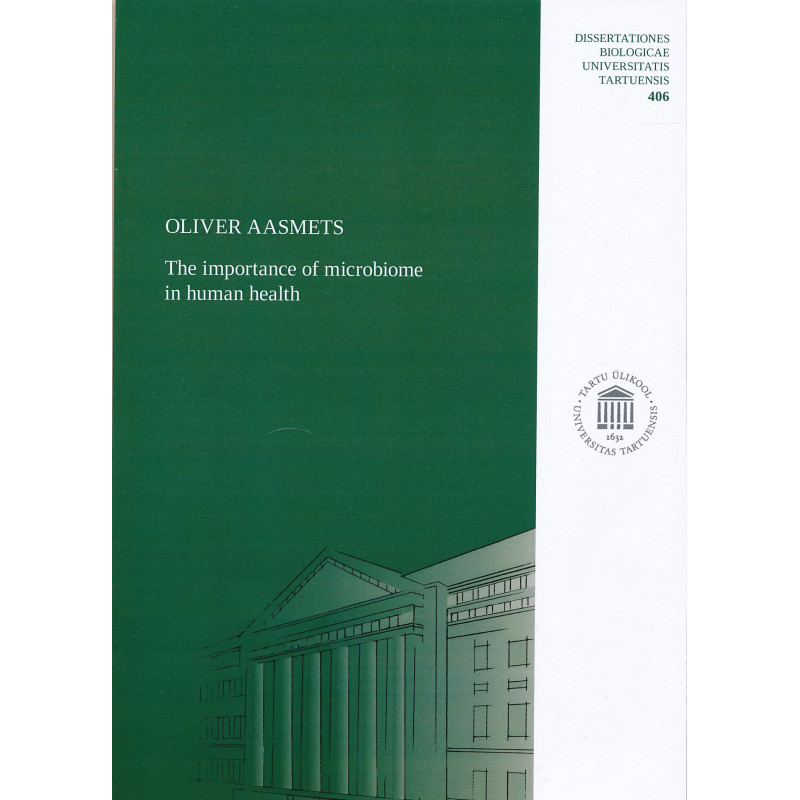



Tartu : University of Tartu Press, 2022
ISBN: 9789916270233
122 pages : illustrated ; 25 cm
Dissertationes biologicae Universitatis Tartuensis ; 406
Softcover new book
Doctoral theses defended at the University of Tartu, summary in Estonian and English
The technological revolution allows us to study the world beyond the limits that were holding us back only a couple of decades ago. One of such fields is the study of the human microbiome. Tiny microorganisms making up the microbiome such as bacteria and viruses have been known to intervene with our health for centuries, but the whole microbial ecosystem has turned out to be more complex than previously thought. The extent of the role of the microbiome to our own functioning and well-being is just starting to unravel. Nevertheless, microbiome has been associated with a large variety of intrinsic and extrinsic factors, including various complex diseases. This evidence is leading a slow but steady progress towards clinical applications such as using microbiome for improving disease diagnostics or estimating the risk of developing a condition. This thesis aimed to expand the understanding of the factors influencing our gut microbiome composition and assess the possibility and challenges in using the microbiome composition for the clinical applications. Firstly, we identified novel microbial biomarkers for identifying the progression of type 2 diabetes (T2D), which can be used to improve the current risk estimation. Secondly, using the comprehensive health data available in the Estonian Biobank, we characterized the profile of the gut microbiome in the Estonian population and identified various factors affecting the microbiome. Our study indicated that the long-term antibiotics usage has an accumulative effect on the gut microbiome composition independent of recent usage. The novelty of this result has a significant impact on the microbiome field and the future analysis need to account for such drug effects. Lastly, we considered dividing the subjects into a few distinct clusters based on their microbiome composition and evaluated the clinical applicability of such representation. We showed that although this approach is desirable in its simplicity, it is not sufficient for clinical applications. In conclusion, the microbiome science is heading towards clinical applications, but exploratory analysis is still needed. Nevertheless, the challenges ahead do not overshadow the enthusiasm.